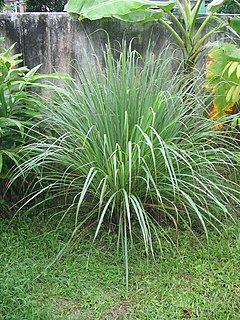
Lemon grass is widely used as a herb in Asian (particularly Vietnamese, Hmong, Khmer, Thai, Lao, Malaysian, Indonesian, Philippine, Sri Lankan) and Caribbean cooking. It has a citrus flavour and can be dried and powdered, or used fresh. The stalk itself is too hard to be eaten except for the soft inner part. However, it can be finely sliced and added to recipes. It may also be bruised and added whole as this releases the aromatic oils from the juice sacs in the stalk. The main constituent of lemongrass oil is citral, which makes up around 80% of the total.
Lemon grass is commonly used in teas, soups, and curries. It is also suitable for poultry, fish, and seafood. It is often used as a tea in African and Latino-American.
Lemon grass is commonly used in teas, soups, and curries. It is also suitable for poultry, fish, and seafood. It is often used as a tea in African and Latino-American.
Lemon grass is mostly used in Thai food for example Tom yum and curries. Research also shows that lemon grass oil is used in aromatherapy for its calming effect to help relieve nervous tension and stress. Lemongrass in some cases has been used as a mild depressant for the central nervous system.
Lemongrass is also used for the production of citronella oil, which is used in soaps, as a mosquito repellent in insect sprays and candles, and also in aromatherapy. The principal chemical constituents of citronella, geraniol and citronellol, are antiseptics, hence their use in household disinfectants and soaps. Besides oil production, citronella grass is also used for culinary purposes, in tea and as a flavoring
The use of Lemongrass in Thaifood: Kinds of Tom yum, Tom Kha Kai and all curries
No comments:
Post a Comment